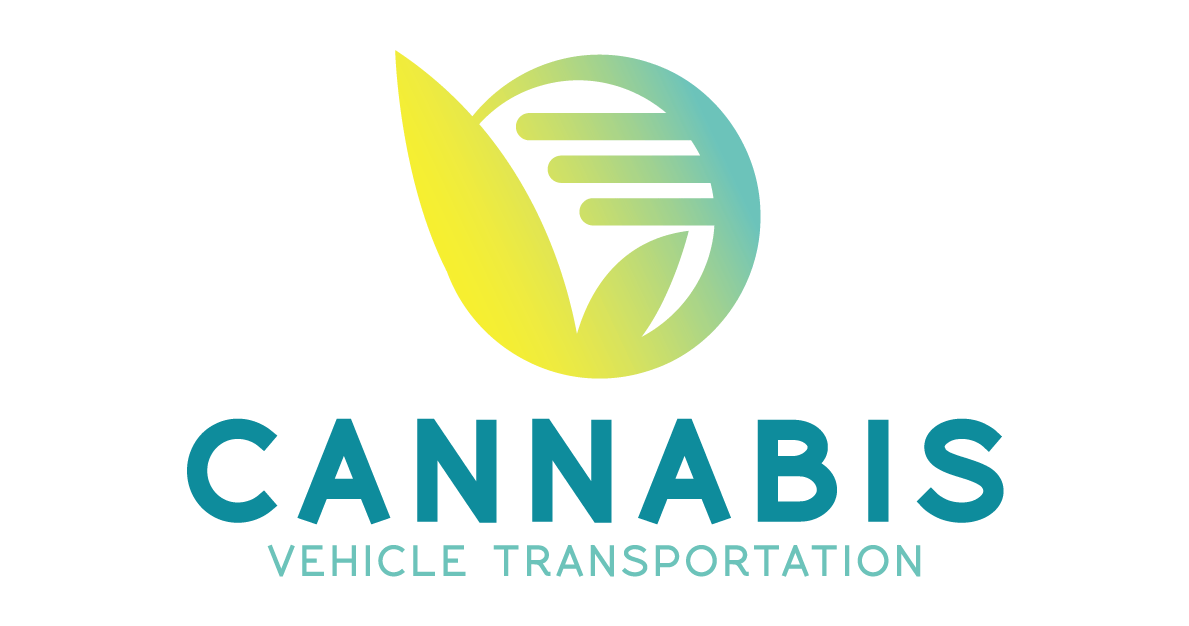The cannabis industry in the United States is rapidly embracing delivery services—but as companies explore whether autonomous vehicles (AVs) can play a role, questions around full vs. partial automation and regulatory constraints loom large.
Ground-based experiments are already underway. Tech outlets have reported that self-driving delivery vehicles are being tested by companies like Waymo and Tesla to revolutionize marijuana delivery services, offering secure, contactless transactions. Meanwhile, suburban sidewalk robots and small AVs are being evaluated for short-range cannabis drop‑offs, particularly in states aiming for rural accessibility.
Despite growing interest, legal frameworks vary dramatically. In California, drones, autonomous cars and bicycle-based systems for cannabis delivery remain banned—regulations mandate traditional commercial vehicles only. By contrast, in Washington state, Seattle-based GRN Holding has partnered with Squadrone to pilot cannabis delivery drones for business-to-business transfers under licensed operators. That model hinges on licensed pilots—offering only partial autonomy, not full automation.
Industry analysis suggests AVs could significantly reduce last-mile delivery costs—sometimes to as little as $0.10 per mile versus $0.60 for human drivers. For cannabis retailers operating under thin margins and tight driver-safety regulations, autonomous trucks and vans present a compelling case. Major logistics firms like Amazon, UPS and FedEx have reportedly invested billions in AV delivery tech, and Waymo Via is already testing autonomous cargo vans and semi-trailer trucks, with UPS and Stellantis among its commercial partners.
However, the deployment of fully driverless cannabis delivery remains rare. Most trial programs today rely on partial automation—AVs that operate with a safety driver behind the wheel or drones guided by licensed pilots. For example, Waymo Via currently runs delivery operations with safety drivers in multiple cities. Similarly, Nuro—the pioneer of the R1 and R2 autonomous delivery vans—has focused on nondrug deliveries such as groceries, prescriptions, and convenience items, not cannabis.
The primary obstacles remain regulatory and practical: federal aviation rules discourage drones crossing state lines or flying over restricted zones, and many jurisdictions limit cannabis transport to licensed commercial vehicles, explicitly excluding unmanned systems. Additionally, armored cannabis transport vehicles with smart locks are in use today—but they are driver-operated, not autonomous.
Yet with state-level variances, the future is promising. In some rural areas, AVs or drones could bridge the access gap for medical patients. As AI-driven systems mature—and regulatory bodies gain confidence in secure, geo-fenced automation—full autonomy may eventually become viable. Companies engaging now are positioning themselves to scale rapidly once legal clarity emerges.
In summary, autonomous vehicles are not yet delivering cannabis to doors across America—but numerous pilot programs are underway. These initiatives lean heavily on partial automation—licensed pilots, safety drivers, or geofenced zones. Widespread full autonomy awaits both technological readiness and a patchwork of legal adjustments. As costs drop and consumer demand grows, the next few years will be pivotal in determining whether the cannabis industry embraces driverless delivery en masse.
